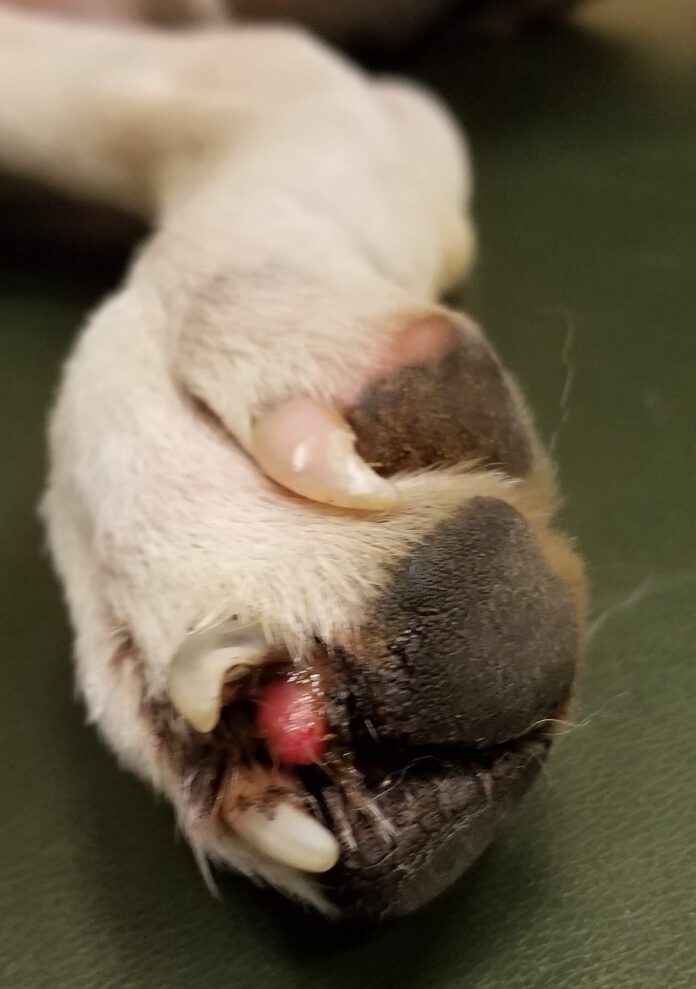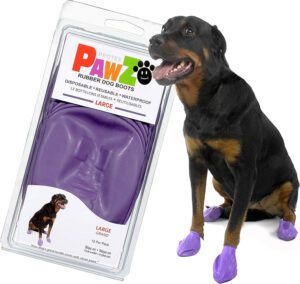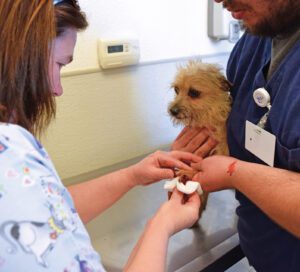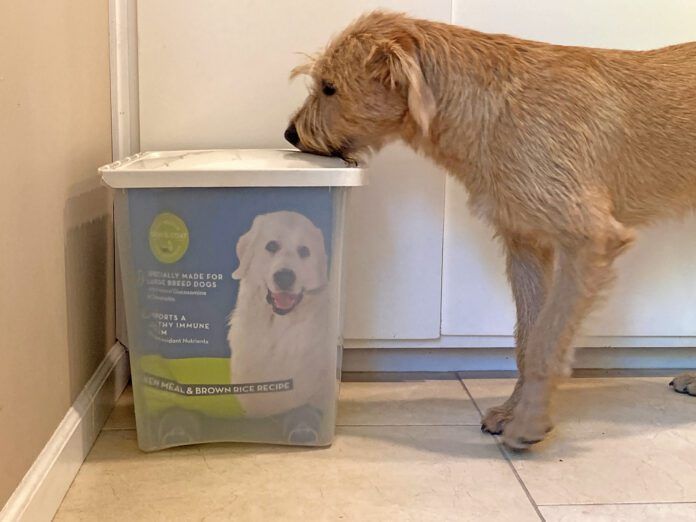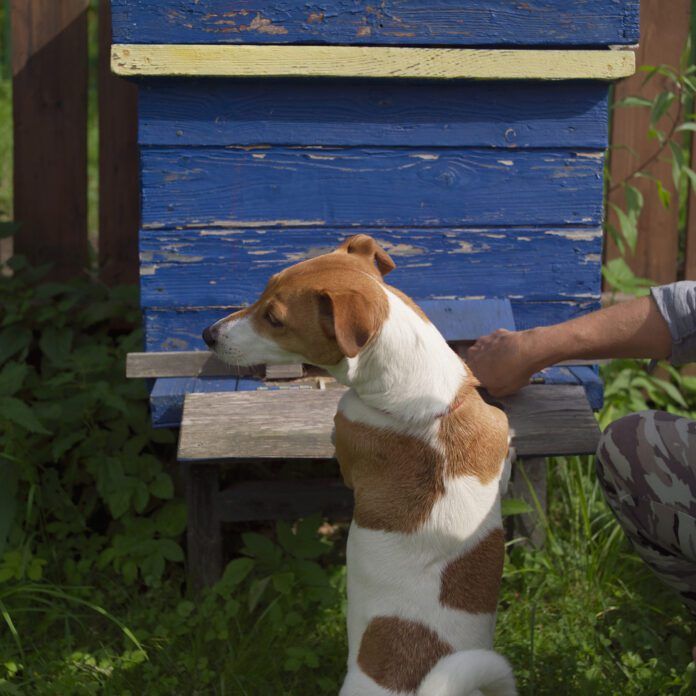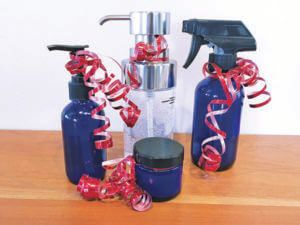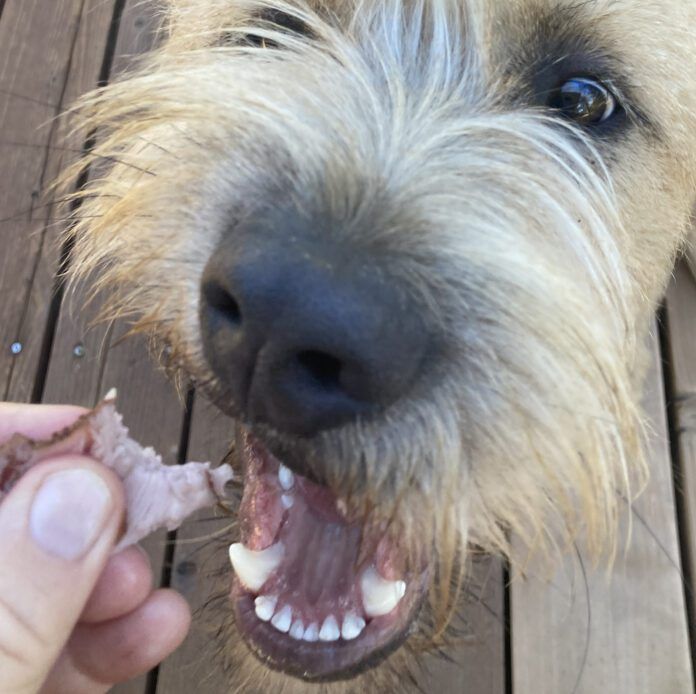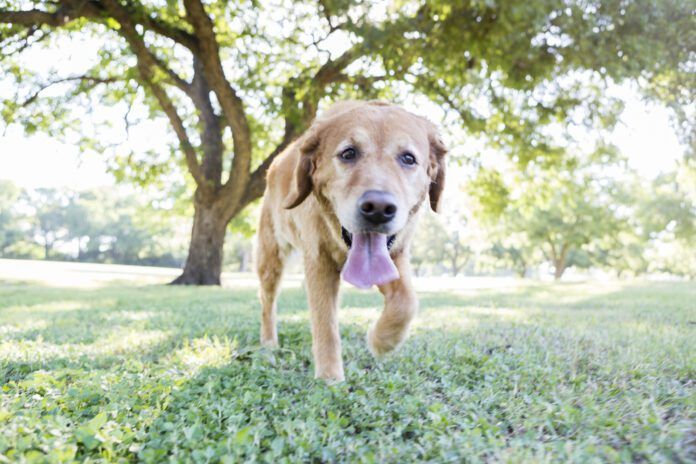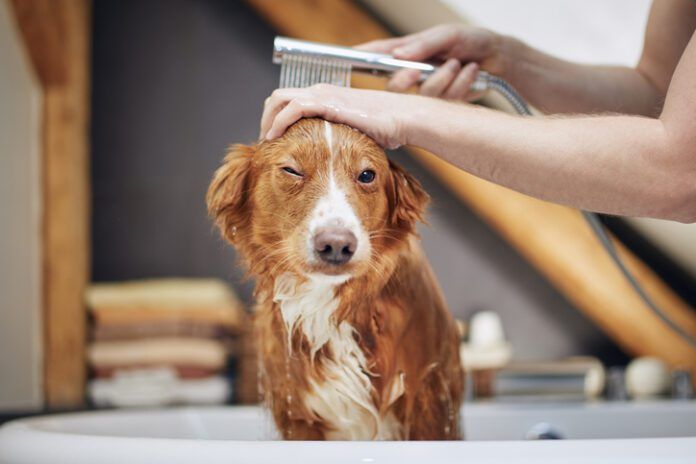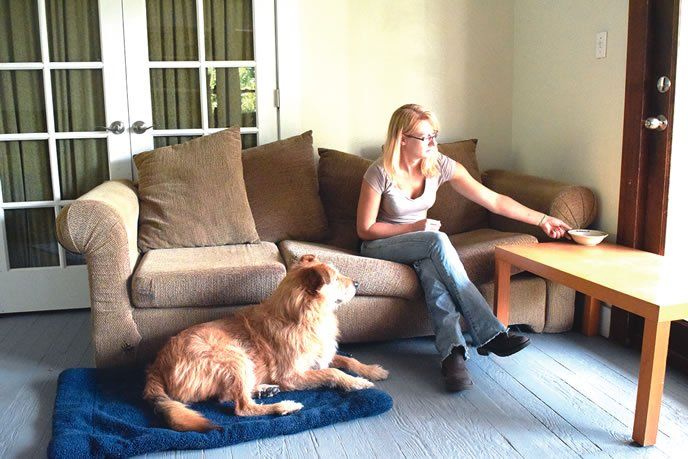Training your dog enhances the quality of life for both of you, allowing you to involve him in more of your activities – but the prospect of a training a dog can be daunting for first-time dog owners. Using a combination of good management and effective, science-based force-free methods, it may be simpler than you think.
Just a few decades ago, coercive training was all that was available. It was often difficult for dog owners who were beginners at training to accept that they had to hurt their dogs to train them. Thankfully, you can now easily find resources to help you educate your new canine pal using gentle, effective methods. Force-free training and behavior professionals who offer in-person or Zoom sessions, books, magazines, and video courses abound. You just need to get pointed in the right direction.
Dog Training Philosophy
The first, vitally important step is to commit to your training philosophy. We endorse and promote force-free training, aka “positive training” – that is, training that employs copious amounts of positive reinforcement to teach dogs what we want them to do. This is not just because we want to be nice to our dogs. Several recent studies confirm that the use of coercive and/or pain-causing tools results in a poorer quality of life for dogs, and is more likely to result in significant behavior challenges, including aggression.

Your first mission is to find resources that support your philosophy. This can get tricky. “Positive training” has become a useful marketing tool but there is no industry-wide accepted or legal definition for the term, so you can’t just take someone’s word for it when they say they are a “positive” trainer.
Some call themselves “positive” because they start out with a clicker and treats – but they may be quick to revert to choke chains, prong collars, and shock collars if they don’t get immediate results. Others claim to be “positive” because they feed the dog a treat after they shock or yank on the prong collar. You’ll need to dig deeper than a trainer’s own self-label to really know who they are and what they do.
Check out their website. They should openly explain their training philosophy and the methods they use. If they don’t, they’re likely hiding something. They should proudly display their credentials: certifications, memberships, and affiliations. Again, if they have no education (past and ongoing) in dog training and behavior and are not members in good standing of reputable training organizations, their methods are likely outdated.
Read their blogs. Talk to them. Ask questions such as, “Is there ever an occasion for which you would use a prong collar or shock collar?” When you like everything you see and hear, you’ve found a professional you can work with.
Puppy Training Classes

If you’re starting with a baby dog (8 weeks to 4 or 5 months), we strongly recommend that you begin with a “puppy kindergarten” class that emphasizes the importance of puppy socialization and gives your pup ample opportunities to play with other puppies.
Playtime should be carefully monitored to ensure appropriate interactions between players. Low-key, hesitant pups should be paired with gentle playmates, while rough-and-tumble players will delight in romping with like-minded puppies.
Also likely to be included in your puppy kindergarten class are force-free handling and husbandry discussion and practices, and the teaching of important foundation behaviors such as sit, down, come, and polite leash walking.
Adult Dog Training
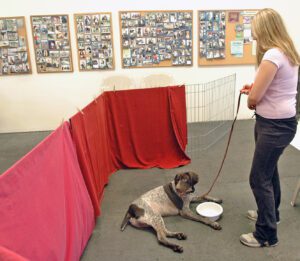
If your dog is over the age of 5 months, look for an adult “good manners” class. More and more force-free trainers have moved away from the term “Obedience” and the coercion that it implies. (Some may still use it, however, so that isn’t necessarily a rule-out in your search.)
The instructor should supply you with a curriculum that explains what you and your dog will learn during your class. The list can include a wide variety of behaviors such as sit, down, come, leash-walking, polite greetings to humans, wait or stay, touch, trade, leave it, go-to-your-mat, settle, and maybe some tricks and cognition games to keep it light and remind everyone that training is supposed to be fun!
What to Expect in a Dog-Training Class
Whether it’s a puppy kindergarten or adult-dog class, the first session is often an orientation, with dogs left at home. This is so your trainer can talk to you without distractions – so human students can focus on what she’s saying rather than worrying about what their dogs are doing.
The instructor will probably have a dog with her to demonstrate the first-week basic behaviors that she’ll want you to practice with your dog. If she’s a clicker trainer she may hand out clickers and have you do some exercises with them to start practicing your clicker skills.
The instructor will also share tips on what kind of treats to use and how many to bring to class, and give you the lowdown on important information: what to do when you arrive the following week with your dog, where and when to enter and exit the training space, and to avoid letting dogs interact on leashes.
Finally, there should be ample time for discussion and questions. This is your opportunity to ask about anything you don’t understand or have concerns about. Be sure to take advantage of this!
Before your next class, practice the behaviors that the instructor demonstrated – and not just once! Practice several times a day with your dog, for even just two to three minutes at a time. The more you practice, the easier the next class will be for both of you. Because, for your second class, anticipate chaos. This is an exciting time for dogs and their humans! Some dogs may be quite aroused by the proximity of other dogs; there could be some (or a lot of) barking until everyone settles. Humans are likely to be surprised, stressed and/or embarrassed by their dogs’ behavior and/or vocalizing.
You may want to leave your dog in the car while you carry in any equipment you bring with you, so you can keep your full attention on your dog when you bring him in. Keep his leash short as you enter the training facility and have a generous handful of high-value treats (such as roasted or canned chicken, cut or shredded into tiny bits) to hold in front of his nose as you pass by the others, to keep him focused on you and behaving reasonably well.
Some trainers provide “alcoves” – training spaces with barriers between you and the other dogs to reduce visual stimuli and help everyone settle down. Over time, the barriers are removed so you and your dog can learn how to work in proximity to other dogs and their humans.
Find your training space and help your dog settle on his mat. You can drop several treats on the ground in front of his nose and use a “kissing” noise to get his attention. When he starts to focus on you, practice a few of the behaviors you’ve been working on. This helps get his brain in training mode and helps you both be ready when the instructor starts the class.
Continuing Education
When you and your dog have graduated from your puppy kindergarten or “basic good manners” class, you’ll find that there are many options for your dog’s continuing education. It’s not too soon to start thinking about what you might want to do with him next: more advanced training for faster and more reliable responses or off-leash work? Perhaps a therapy dog preparation class, or beginning-level instruction in a canine sport such as agility, flyball, nosework, or musical freestyle?
As you can see, you have many options. The important thing is, if you’re new to the wonderful world of dogs, there is lots of help available for you as a beginner. Please take wise advantage of those resources so you and your dog can successfully build your lifetime partnership together.




